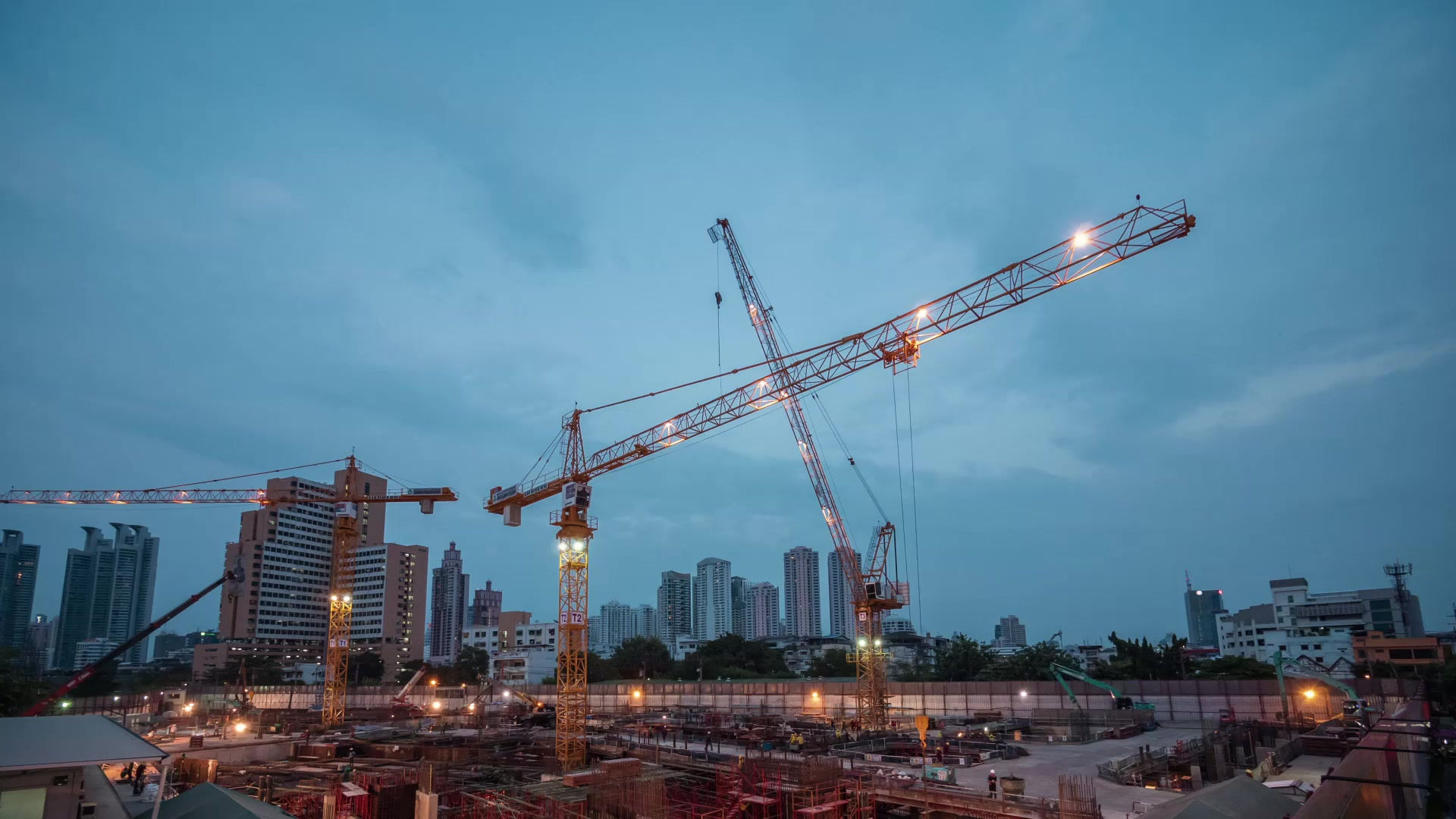Top 5 Anti-Static Mats for Cleanrooms in 2025
- vidith cc
- Jun 24
- 4 min read
Why Anti-Static Mats Are Essential for Cleanroom Safety
Cleanrooms are specialized environments designed to limit contamination from particles, moisture, and electrostatic discharge (ESD). In industries like semiconductor fabrication, pharmaceutical manufacturing, aerospace, and advanced electronics, even a small static discharge can cause irreversible damage to highly sensitive components.
While temperature, pressure, and air filtration are heavily monitored in cleanrooms, ESD control is often overlooked — and that’s where anti-static mats come into play. These mats are designed to neutralize static charges, ensure proper grounding, and reduce the accumulation of dust caused by electrostatic attraction.
In 2025, advancements in materials and manufacturing standards have produced anti-static mats that are cleanroom-compliant, durable, and highly efficient. Below are the top 5 anti-static mats trusted by cleanroom operators and ESD compliance officers this year.

Key Features:
Dual-layer construction: static-dissipative surface + conductive backing
Offers excellent charge decay and static discharge control
Easy to clean with cleanroom-approved agents
Low particulate shedding, suitable for ISO Class 5–8 environments
Best For:
Workstations handling microelectronics and PCBs
Pharmaceutical labs where static can impact precision instruments
Why It Stands Out:
The dual-layer design ensures both durability and reliable ESD performance. The top layer disperses static gradually, while the conductive bottom grounds the charge. These mats are ISO 14644-compatible, meaning they won’t release particles or fibers that would contaminate the cleanroom environment. Most variants also come with built-in grounding snaps and comply with ANSI/ESD S20.20.

Key Features:
Multi-layer design combining comfort and static protection
Static-dissipative surface with cushioned core for fatigue reduction
Ideal surface resistivity: 10⁶ to 10⁹ ohms/sq
Beveled edges to prevent tripping in cleanroom layouts
Best For:
Cleanroom operators who stand for extended periods
Assembly lines or inspection areas in ISO Class 6–8 environments
Why It Stands Out:
These mats provide the perfect balance between safety and ergonomics. While maintaining ESD compliance, the anti-fatigue core improves circulation and reduces leg and back strain, which helps maintain worker productivity. Their closed-cell structure is also easy to clean and prevents contamination — making them a cleanroom-ready solution that improves both safety and comfort.

Key Features:
Lightweight, smooth surface
Excellent for precise manual assembly
Surface resistivity: typically between 10⁷ and 10⁹ ohms/sq
Available in pre-cut and roll formats
Best For:
Benchtop workstations
Soldering stations or inspection tables inside cleanrooms
Temporary or rotating workspace setups
Why It Stands Out:
These mats are cost-effective, flexible, and ideal for spaces that need frequent reconfiguration. They reduce static build-up on tools and operator clothing, helping ensure electrostatic safety without hindering productivity. Many models also include layers resistant to hot solder tips and flux, which makes them ideal for electronics assembly in clean zones.

Key Features:
Modular tile system with conductive pathways
Easy snap-together installation
Compatible with standard ESD shoes and equipment
Surface resistivity: usually <10⁶ ohms/sq
Best For:
Large-scale or modular cleanroom facilities
Temporary cleanrooms and research labs
Areas under renovation or where reconfiguration is frequent
Why It Stands Out:
The interlocking design allows for fast deployment without adhesives, which is useful for leased or frequently updated spaces. These tiles provide long-term durability and full ESD coverage, especially when connected to a common grounding system. They're easy to clean, resistant to most lab-grade chemicals, and can be lifted or replaced individually in case of damage.

Key Features:
Multiple peelable adhesive layers
Anti-static base layer for charge dissipation
Traps dust, dirt, and debris from footwear and wheels
Helps prevent particulate and static transfer into the EPA
Best For:
Cleanroom entry zones, gowning rooms, and airlocks
Buffer zones between controlled and uncontrolled environments
Sites where dust control and ESD protection are both critical
Why It Stands Out:
Unlike standard sticky mats, these are engineered with anti-static adhesives, ensuring they don't contribute to electrostatic buildup. They keep your cleanroom environment particle-free while neutralizing static on the soles of shoes or trolley wheels. Once the top layer becomes dirty, simply peel it off — making it a low-maintenance, high-efficiency solution.
What to Consider When Choosing Anti-Static Mats for Cleanrooms?
1. Surface Resistivity
Each mat should fall within the appropriate resistance range for your operation:
Conductive: < 10⁶ ohms
Dissipative: 10⁶ to 10⁹ ohms Avoid insulative mats unless you're using them in non-ESD zones.
2. Cleanroom Compatibility
Always verify that the mat:
Meets ISO cleanroom class requirements
Is low outgassing and particle-free
Resists the chemicals and disinfectants used in your environment
3. Maintenance and Durability
Choose mats that:
Withstand frequent cleaning cycles
Are resistant to cuts, abrasion, and spills
Come with easy grounding options
4. ESD System Integration
Ensure your mats are:
Properly grounded
Compatible with footwear, wrist straps, and other ESD controls
Labeled with appropriate ESD warning signs or compliance logos
Why Choose Highstar Technoloogy for Your Cleanroom ESD Needs
At Highstar Technoloogy, we understand that cleanroom ESD control is not optional — it's mission critical. That’s why we offer a wide selection of:
Cleanroom-compatible anti-static table and floor mats
ESD anti-fatigue mats that boost comfort and compliance
Grounding accessories and kits
Peelable sticky mats with ESD-safe adhesive layers
Modular ESD-safe flooring systems
Custom sizes, installation support, and expert guidance
Every product is tested for performance and meets international ESD standards, including ANSI/ESD S20.20 and IEC 61340.
Looking to upgrade your cleanroom for 2025? Get in touch for expert solutions.

%20(65).png)



Comments